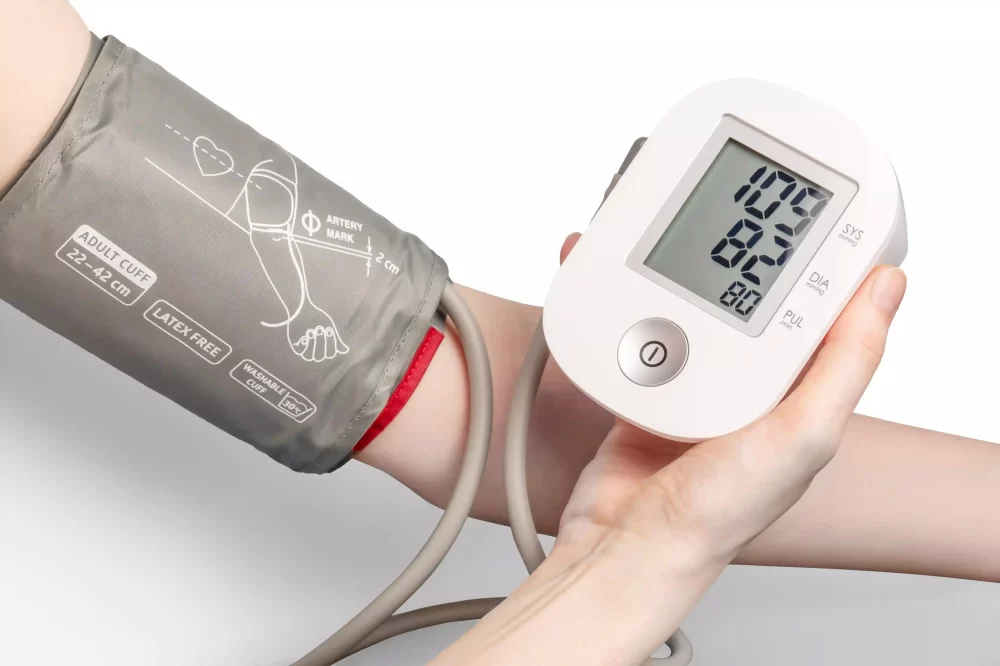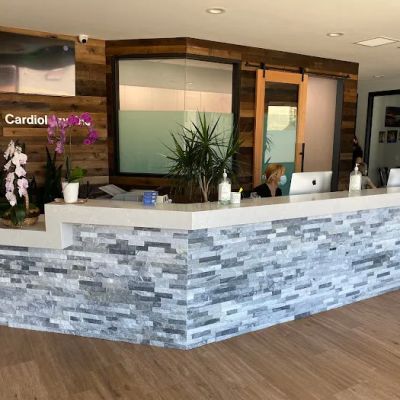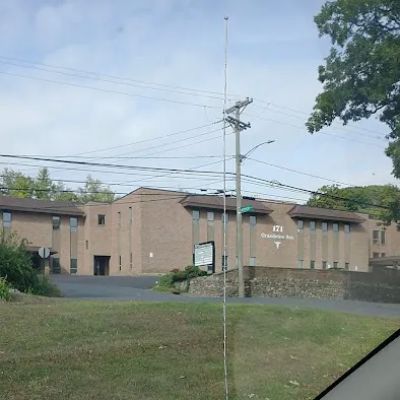How a Simple Monitor Helped Me Take Control of My Health
For most of my life, I never thought twice about my blood pressure. I figured as long as I felt fine, everything must be okay. That all changed during a routine visit to my doctor when I was 42. My blood pressure was 148/92. I brushed it off as a one-time fluke, maybe from rushing to the appointment or too much coffee. But that moment kicked off a journey that made me realize just how important regular blood pressure monitoring really is — and how it likely saved my life.

The Silent Nature of High Blood Pressure
What scared me most wasn’t the number itself — it was the fact that I felt totally normal. No headaches, no dizziness, no chest pain. I learned that high blood pressure, or hypertension, is called the “silent killer” for a reason. By the time symptoms appear, damage may already be done.
1. Why You Might Not Feel It
My doctor explained that many people live with elevated blood pressure for years without any noticeable symptoms. That’s why routine checks are critical. I had no idea that each beat of my heart was putting extra strain on my arteries and organs.
2. The Risks of Ignoring the Numbers
Left untreated, high blood pressure can lead to heart disease, stroke, kidney damage, and vision problems. I didn’t want to wait for a medical emergency to take it seriously. Knowing the risks helped me commit to daily monitoring at home.
3. Catching Trends Early
That home monitor became my daily reality check. It helped me catch trends — when my numbers were consistently high, I brought the data to my doctor. We adjusted my diet, added light exercise, and eventually started a low-dose medication. Without those daily readings, I might have kept guessing — or done nothing at all.
How I Built the Habit of Daily Monitoring
At first, checking my blood pressure felt like a chore. But like brushing my teeth or checking the weather, it quickly became part of my routine. Here’s how I made it stick and what worked for me.
1. Choosing the Right Equipment
I bought a digital, upper-arm monitor that was clinically validated. My pharmacist helped me find one that stored past readings and synced with an app. Accuracy and ease made all the difference — no guessing, no complicated steps.
2. Making It Routine
I check my blood pressure every morning before coffee and again in the evening. Consistency is key. I jot down my readings in a notebook and in the app, just in case. Seeing the data helps me feel in control, not overwhelmed.
3. Understanding What the Numbers Mean
At first, the numbers confused me. What’s the difference between systolic and diastolic? How high is too high? My doctor explained that anything above 130/80 is considered elevated. Knowing my personal targets gave me a clear benchmark to work toward.
Small Lifestyle Tweaks That Made a Big Difference
Monitoring my blood pressure helped me see how daily habits affect my health. I started noticing spikes after salty takeout meals or stressful days at work. That insight pushed me to make smarter choices — not just because I should, but because I saw the immediate impact.
1. Cutting Back on Sodium
Processed foods and canned soups were sneaky sodium bombs. I swapped them for homemade meals and started flavoring with herbs and spices. My readings dropped within weeks.
2. Walking Every Day
I didn’t need a gym. A brisk 30-minute walk every evening became my go-to. It helped manage stress and improved my circulation. My blood pressure steadily improved — and I felt better overall.
3. Managing Stress Through Mindfulness
Stress was a huge trigger for me. I started using guided meditation apps and practicing deep breathing. I even took up painting as a way to unwind. The more I relaxed, the more stable my numbers became.
When I Knew It Was Time to Seek Help
One week, my readings spiked consistently into the 150s. I wasn’t sure if it was my monitor acting up or something more serious. I booked an appointment with my doctor right away — and I’m so glad I did. It turned out I was developing stage 2 hypertension, and early intervention made a world of difference.
1. Working with My Healthcare Team
My doctor worked closely with me to adjust my care plan. We reviewed my tracking log together, pinpointed triggers, and fine-tuned my treatment. The partnership gave me confidence that I wasn’t navigating this alone.
2. Embracing Long-Term Management
I came to see blood pressure monitoring not as a burden, but as a tool for empowerment. It's not about being perfect every day — it’s about staying aware, catching changes early, and acting before it becomes dangerous.
3. Encouraging My Family to Monitor Theirs
Now, I encourage everyone in my family to check their blood pressure — especially those over 40. We even gave monitors as gifts last Christmas. Because what you don’t know really can hurt you.
What Regular Monitoring Taught Me About My Health
Blood pressure isn’t just a number — it’s a snapshot of how your body is coping. It reflects what you eat, how you sleep, how you handle stress. Regular monitoring gave me insights no blood test ever could. And it helped me catch a problem before it became a crisis.
If you’re wondering whether it’s worth checking regularly, trust me — it is. And if you're not sure where to start, HeartCare Hub has excellent resources and guidance. It’s never too early (or too late) to start paying attention to your numbers.






















Daniel M. Sauri, MD
blood pressure 136/56
800 Biesterfield Rd, Elk Grove Village, IL 60007, USA